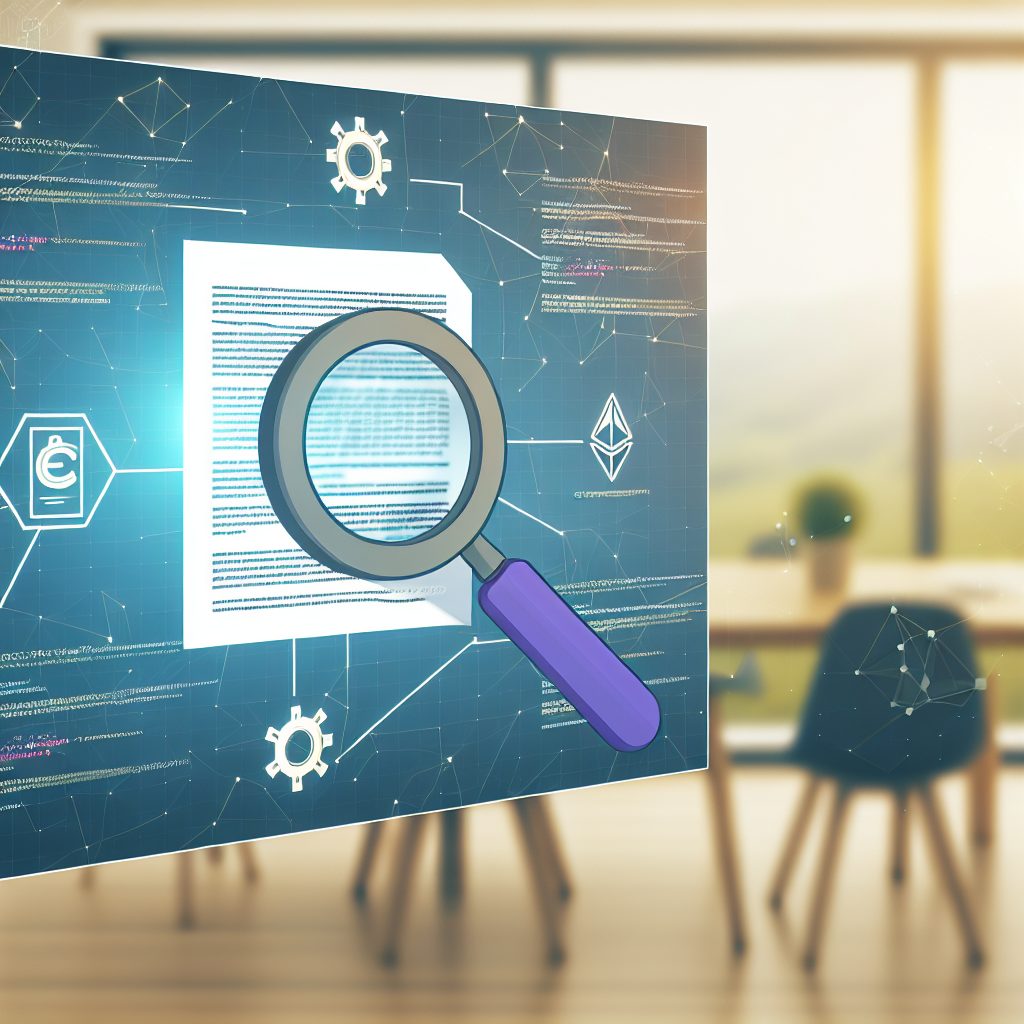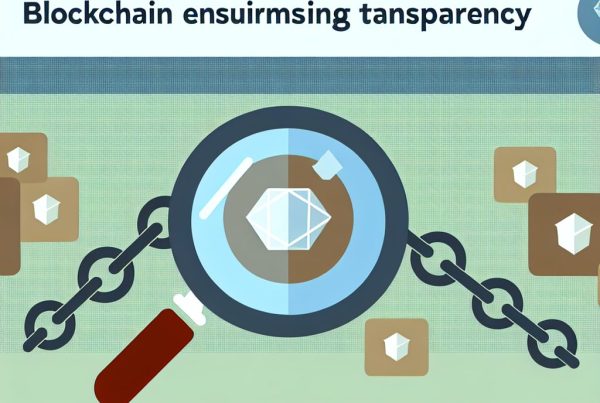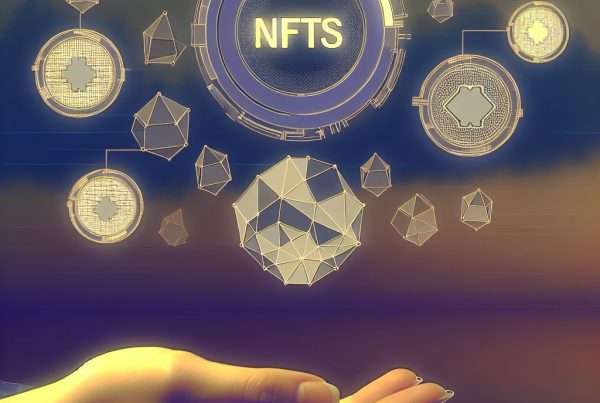How to Read a Contract on Etherscan
Understanding how to read a contract on Etherscan is essential for anyone involved in the cryptocurrency space. Etherscan is a powerful tool that allows users to explore the Ethereum blockchain, providing insights into transactions, smart contracts, and token information. This guide will walk you through the process of reading a contract on Etherscan, ensuring you can make informed decisions in your crypto journey.
What is Etherscan?
Etherscan is a blockchain explorer specifically designed for the Ethereum network. It allows users to view all transactions, smart contracts, and token transfers on the Ethereum blockchain. With Etherscan, you can:
- Track transactions in real-time
- View smart contract code
- Check token balances and transfers
- Explore decentralized applications (dApps)
By utilizing Etherscan, you can gain transparency and insight into the Ethereum ecosystem, which is crucial for making informed investment decisions.
Why Reading Smart Contracts is Important
Smart contracts are self-executing contracts with the terms of the agreement directly written into code. They are the backbone of decentralized applications and play a vital role in the cryptocurrency industry. Understanding how to read these contracts can help you:
- Assess the legitimacy of a project
- Identify potential risks and vulnerabilities
- Understand the functionality of a token or dApp
By reading smart contracts, you can protect yourself from scams and make better investment choices.
How to Access a Smart Contract on Etherscan
To read a smart contract on Etherscan, follow these simple steps:

- Visit Etherscan.io: Open your web browser and navigate to Etherscan.io.
- Search for the Contract Address: In the search bar at the top of the page, enter the contract address you want to explore. This address is usually provided by the project team or can be found on their official website.
- Select the Contract: Click on the appropriate result to access the contract page.
Understanding the Contract Page
Once you access the contract page, you will see various sections that provide detailed information about the smart contract. Here’s a breakdown of the key components:
1. Contract Overview
This section displays essential information about the contract, including:
- Contract Address: The unique identifier for the smart contract on the Ethereum blockchain.
- Token Name: The name of the token associated with the contract.
- Token Symbol: The abbreviation used to represent the token.
- Total Supply: The total number of tokens that can ever exist.
2. Contract Code
The contract code is where the actual logic of the smart contract is written. This section is crucial for understanding how the contract functions. You can:
- View the entire codebase
- Check for comments and documentation provided by the developers
- Identify functions and variables used in the contract
3. Read Contract
The “Read Contract” tab allows you to interact with the smart contract without needing to write any code. Here, you can:
- Query specific data from the contract, such as balances or token allowances
- Understand how the contract stores and retrieves information
4. Write Contract
If you have the necessary permissions, the “Write Contract” tab enables you to execute functions within the smart contract. This is typically used for:
- Transferring tokens
- Approving allowances
- Interacting with dApps
Analyzing Smart Contract Code
Reading smart contract code can be daunting, especially for beginners. Here are some tips to help you analyze the code effectively:
1. Familiarize Yourself with Solidity
Solidity is the programming language used to write smart contracts on Ethereum. Understanding its syntax and structure will significantly enhance your ability to read and interpret contracts. Key concepts to learn include:
- Data types (e.g., uint, address, string)
- Functions and modifiers
- Events and mappings
2. Look for Common Patterns
Many smart contracts follow similar patterns. Familiarizing yourself with common functions and structures can help you quickly identify their purpose. For example:
- Constructor: Initializes the contract and sets initial values.
- Transfer Function: Handles token transfers between addresses.
- Approval Function: Allows one address to spend tokens on behalf of another.
3. Check for Security Vulnerabilities
Security is paramount in the cryptocurrency space. When reading a smart contract, look for potential vulnerabilities such as:
- Reentrancy Attacks: Ensure that functions do not call external contracts before completing their own execution.
- Integer Overflow/Underflow: Check for proper handling of arithmetic operations.
- Access Control: Verify that sensitive functions are protected by appropriate modifiers.
Real-World Use Cases of Smart Contracts
Smart contracts have revolutionized various industries by automating processes and reducing the need for intermediaries. Here are some notable use cases:
1. Decentralized Finance (DeFi)
DeFi platforms utilize smart contracts to facilitate lending, borrowing, and trading without traditional banks. For instance, platforms like Aave and Compound allow users to earn interest on their crypto holdings through automated smart contracts.
2. Non-Fungible Tokens (NFTs)
NFTs are unique digital assets that represent ownership of specific items, such as art or collectibles. Smart contracts govern the creation, transfer, and ownership of NFTs, ensuring authenticity and provenance.
3. Supply Chain Management
Smart contracts can enhance transparency and traceability in supply chains. By recording every transaction on the blockchain, companies can verify the origin and journey of products, reducing fraud and improving efficiency.
Common Questions About Reading Contracts on Etherscan
What is a smart contract?
A smart contract is a self-executing contract with the terms of the agreement directly written into code. It automatically enforces and executes the terms when predefined conditions are met.
How do I find a contract address?
You can find a contract address on the project’s official website, social media channels, or community forums. Always ensure you are using a legitimate source to avoid scams.
Can I interact with a smart contract without coding skills?
Yes, Etherscan provides a user-friendly interface that allows you to read and interact with smart contracts without needing to write code.
What should I look for when reading a smart contract?
Focus on understanding the contract’s purpose, key functions, and any potential security vulnerabilities. Familiarizing yourself with Solidity will also help you interpret the code more effectively.
Conclusion
Reading a contract on Etherscan is a vital skill for anyone involved in the cryptocurrency industry. By understanding how to navigate Etherscan and analyze smart contracts, you can make informed decisions and protect yourself from potential risks. Whether you are a beginner or an experienced investor, mastering this skill will enhance your ability to engage with the Ethereum ecosystem.
For the latest news and updates in the cryptocurrency space, consider visiting Bitrabo. Follow me on social media for more insights: X, Instagram, Threads.
Disclaimer: This article is for informational purposes only and should not be considered financial advice. Always conduct your own research before making investment decisions.
The Crypto Watchlist of the Week 🔎
Subscribe to receive expert-curated projects with real potential—plus trends, risks, and insights that matter. Get handpicked crypto projects, deep analysis & market updates delivered to you.


